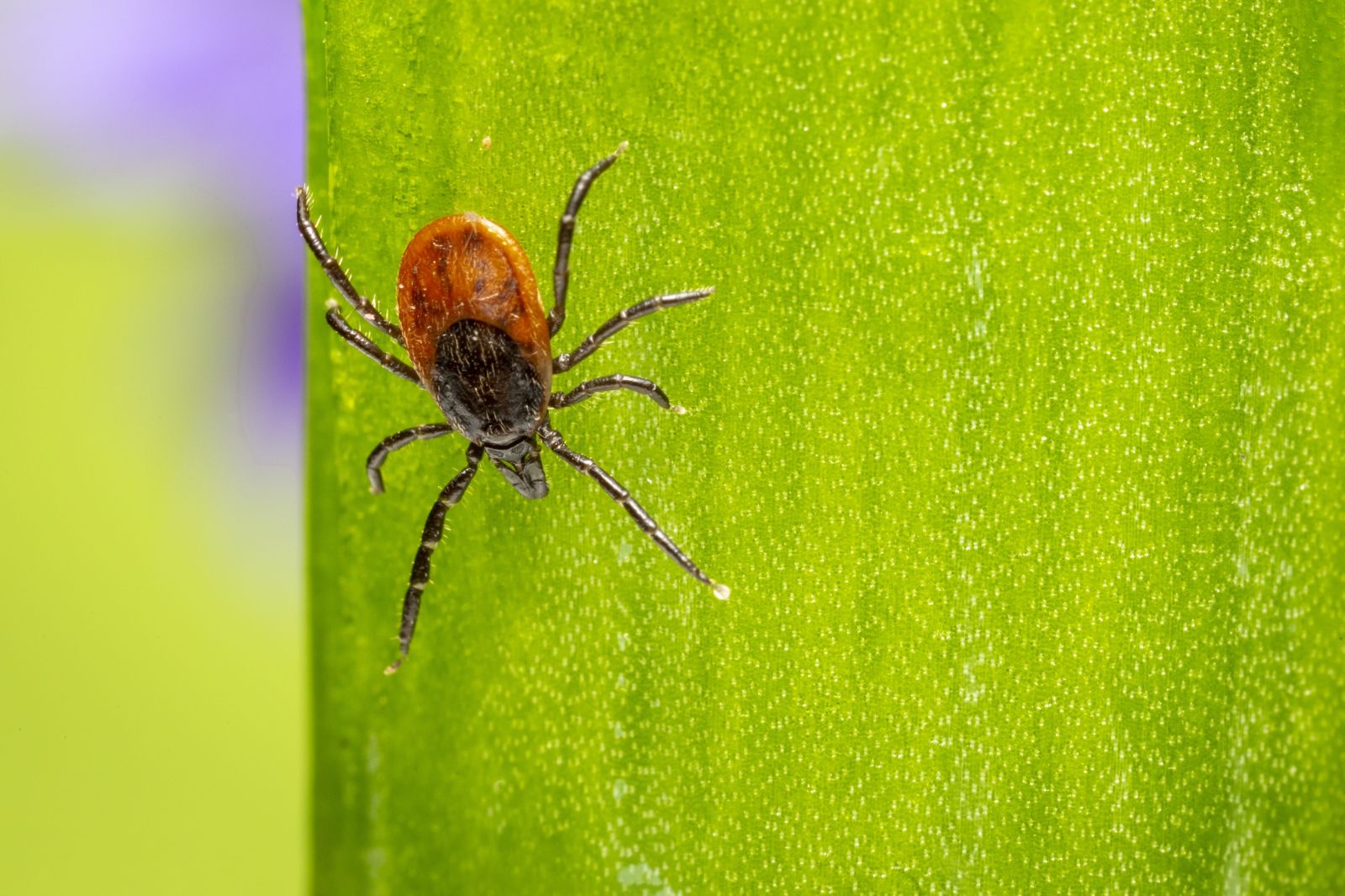Effective Tick Prevention Methods
We understand the importance of protecting yourself and your loved ones from tick-borne diseases. Ticks are small arachnids that can carry harmful pathogens, including bacteria and viruses, which can cause illnesses such as Lyme disease, Rocky Mountain spotted fever, and more. In order to ensure your well-being, it is crucial to employ effective tick prevention methods. In this comprehensive guide, we will provide you with valuable information and actionable tips to help you successfully prevent tick bites and reduce the risk of tick-borne diseases.

Understanding Ticks
Before diving into the prevention methods, let's take a closer look at ticks themselves. Ticks are parasitic creatures that feed on the blood of humans and animals. They are commonly found in wooded areas, tall grasses, and shrubs. Ticks have a fascinating life cycle consisting of four stages: egg, larva, nymph, and adult. It is important to note that ticks can transmit diseases in any of these stages, although the highest risk of transmission typically occurs during the nymph and adult stages.
Tick Prevention Methods
1. Wear Protective Clothing
One of the most effective ways to prevent tick bites is to wear appropriate clothing when spending time outdoors, especially in tick-prone areas. Here are some tips:
- Wear long-sleeved shirts and long pants, preferably light-colored for easier tick detection.
- Tuck your pants into your socks or boots and your shirt into your pants to create a barrier.
- Consider wearing permethrin-treated clothing, which repels and kills ticks on contact.
2. Apply Insect Repellents
Using insect repellents can significantly reduce your risk of tick bites. Look for repellents that specifically target ticks and contain active ingredients such as DEET, picaridin, or IR3535. Remember to:
- Apply the repellent evenly on exposed skin and clothing.
- Follow the instructions on the product label regarding reapplication and usage for children.
3. Perform Regular Tick Checks
After spending time outdoors, thoroughly check your body and clothing for ticks. Ticks prefer warm and moist areas, so pay extra attention to:
- Underarms, groin, and waistline.
- Behind the ears and along the hairline.
- Inside the belly button and around the knees.
If you find a tick attached to your skin, remove it promptly using fine-tipped tweezers. Grasp the tick as close to the skin's surface as possible and pull upward with steady pressure. Cleanse the area with soap and water or an antiseptic.
4. Create Tick-Safe Outdoor Spaces
Ticks thrive in certain environments, but you can take steps to make your outdoor spaces less attractive to them. Consider implementing the following measures:
- Keep your lawn well-maintained by regularly mowing and removing leaf litter.
- Create a barrier between your yard and wooded areas by using gravel or wood chips.
- Fence off areas frequented by pets to prevent them from bringing ticks indoors.
5. Treat Your Pets
Ticks can latch onto your pets and potentially transfer to you or other family members. Protect your furry companions by:
- Applying tick preventive products recommended by your veterinarian.
- Checking your pets for ticks regularly, especially after they have been outside.
- Grooming your pets to remove any ticks that may be hiding in their fur.
6. Consider Tick Control Measures
In certain situations, additional tick control measures may be necessary to ensure a tick-free environment. These measures can include:
- Professional tick treatments for your yard and outdoor spaces.
- The use of tick tubes, which target ticks through mice, their primary host.
- Seeking advice from pest control experts for comprehensive solutions.
By implementing these effective tick prevention methods, you can greatly reduce the risk of tick bites and tick-borne diseases. Remember to be diligent in checking for ticks, especially during peak tick season. If you experience any unusual symptoms after a tick bite, consult a healthcare professional promptly. We hope that this guide has empowered you with valuable knowledge to protect yourself and your loved ones from ticks. Stay safe and enjoy the outdoors with confidence!








